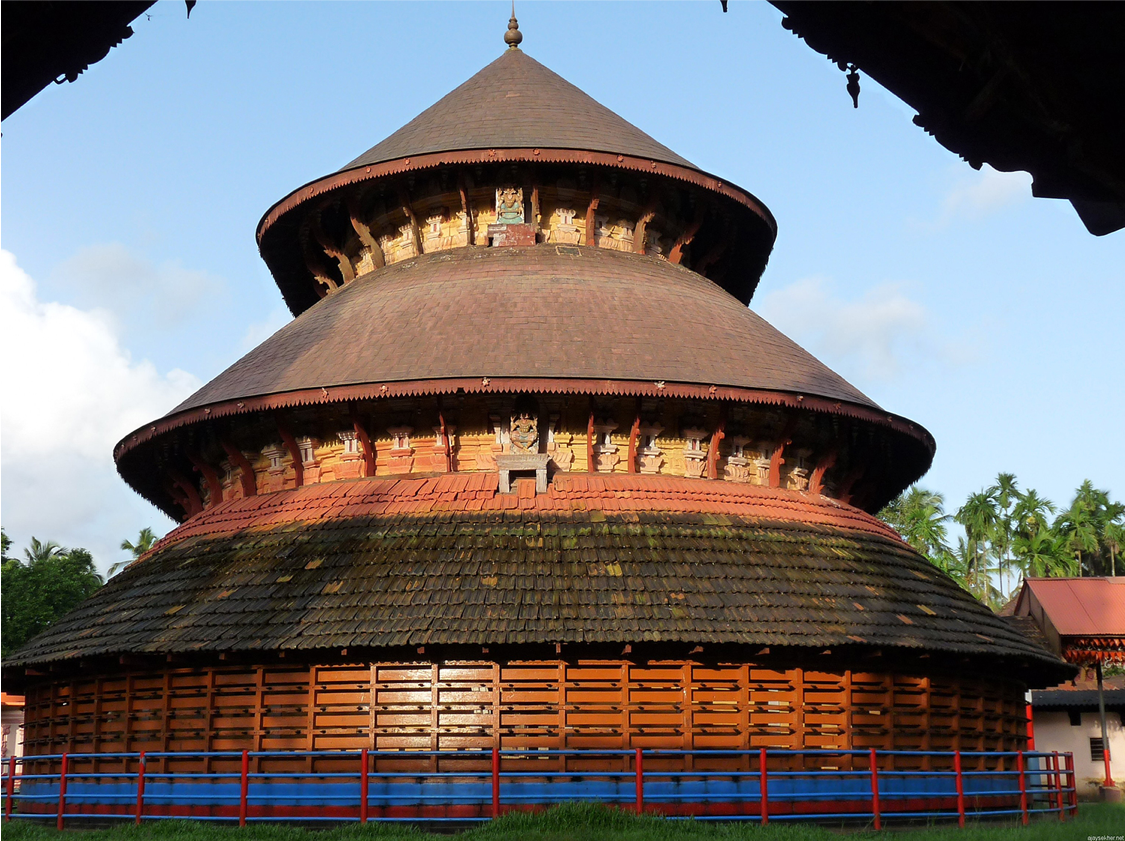
Patronage of Hindu Temples
Lectures (2)
Loading Accordion Items...The Overview
Lectures will emphasize the role played by patron-kings and their political interests in Hindu temple building in India’s Early Medieval period (ca. 550 to 1200). This is a signiacant aspect of my larger study on the Early Chalukya architectural tradition and is important for any general survey of Hindu temple architecture in India.
The arst lecture will explain the critical position of Early Chalukya architecture within the developmental trajectory of the Southern (Dravida) architectural style of Hindu temple. I will use the well-known examples of the Pallava dynasty’s Rajasimehshvara Temple (ca. 725), which bears an inscription left on its walls by king Vikramaditya II, ruler of the Early Chalukya dynasty at Pattadakal, Karnataka. Vikramaditya II’s Virupaksha Temple at Pattadakal (ca. 733-744) was built to commemorate his three victories against the Pallavas; it also illustrates the king’s admiration for the Rajasimheshvara Temple through a re- appropriation of some of the iconography found there. In turn, the Virupaksha Temple inspired the Kailashanatha Temple (Cave 16) at Ellora (ca. 756-773), created by the Rashtrakuta king who brought the Early Chalukya dynasty to an end. Temple architecture and temple sculpture were among the types of symbolic objects frequently seized by a conquering king. In the case of architecture—impossible to move from its original context— an appropriation of architectural forms was a means to lay claim to the seat of a rival’s personal deity.
Thus, Early Chalukya monuments are situated between and link the earlier temples of the Pallava dynasty of Tamil Nadu (ca. 610-900) and later monuments of the Rashtrakuta dynasty of Maharashtra (753-982). This lecture will explain how architecture of the Early Chalukyas complements and extends the developmental trajectory of Dravida or Southern architecture begun under by the Pallavas; demonstrates complexities in the patterns of architectural and iconologic injuence, incorporating competitional appropriation, the concretization of the ideologies of Hindu kingship, and the assumption of public perceptions of political success and military glory by one political entity from another; demonstrates the geographic range of particular iconographies and their meanings and indicates a jexibility in a community’s iconologic preferences; and shows the multi-centered nature of the development of free standing Hindu temple architecture even while speciac local manifestations remain signiacant.
The second lecture will consider the role of politics and kingship in the ideology behind monumental stone temple building. The pan-Indian phenomenon of royal patrons expressing their political aims and aspirations through temple construction was the primary impetus for large-scale Hindu temple construction until at least the late 12th century.
Using the example of Early Medieval Dravida dynasties, especially the Early Chalukya tradition, this lecture will explain how the world of the Hindu king at this time saw temple- building as a highly visible political act as well as one of devotion. Temple-building had become, by the seventh century and probably earlier, a necessary component of Hindu kingship; and it made visible the eKcacy and scope of kingship—recalling and reinforcing the king’s power as well as his authority to rule. As temples became necessary to kingship, temples constructed of permanent materials were being built in larger and larger numbers and, eventually, and where possible, on a larger and larger scale. The lecture will then show how the fact that temple-building regarded as a condition of kingship by the Early Chalukyas and their contemporaries and successors can be explained, in part, with reference to the concept of the king’s duty, his rajadharma.


